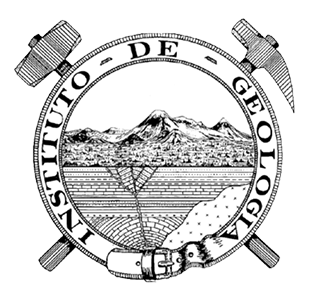Abstract
A description of fossil remains belonging to camelids from the Kamac Mayu site (Second Region, Chile) is presented. This record was recovered from deposits of gravel and sand on karstic formations eroded by rivers during the late Pleistocene. In addition to the remains of camelids, diverse fossil material composed of Hippidion saldiasi (Mammalia, Equidae), Macrauchenia patachonica (Mammalia, Litopterna), undetermined xenarthrans (Mammalia, Xenarhra) and birds (Aves, Rheidae), were recovered, along with specimens of Planorbidae, Hydrobiidaee and Sphaeriidae (Mollusca) from deposits formed by the drainage of the Chiu Chiu-Calama basin. The comparative anatomical study of the fossil material enabled the taxonomic assignment of the camelid remains to Lama gracilis (Gervais and Ameghino 1880), constituting an unprecedented finding for this region of the country.
This work is licensed under a Creative Commons Attribution 4.0 International License.
Downloads
Download data is not yet available.








